In a complex world of action and vision it’s often difficult to separate the trees from the forest.
In the early days of photography there was a tendency for photographers to emulate the painters or to use the photograph to assist the artist with his composition. The photograph was a means of recording the complexity of the world with all its detail. It was ‘real’.
As photographers experimented with their new tool, they discovered that the photograph was also a way of simplifying the sometimes chaotic view before them. They could choose what would be ‘in the frame’ or not, eliminating the unnecessary and focusing on the important detail.
The photographers were finding another language; the language of photography.
But often there were no words to describe what they had achieved, so they drew on existing words to define their pictorial vocabulary.
‘Simplicity’ is one such term. It was used to give a sense of ‘oneness’ in which the image could stand on its own and tell the story, that the contents contained nothing more in detail than was required by the photographer to achieve his purpose.
Those that shone in this particular milieu were the new breed of street photographers who could seemingly extract from the confusion of everyday life a simple and direct element at which we could view, seemingly from a distance, the ‘moment in time’. And in that moment we could reflect on the inter-actions without distraction, then project our own perspective into the image.
Doisneau, Cartier-Bresson, Brassai, Kertesz, Bown, Atget, Lewis, Croner, Frank, Evans, Klein, the list is long. Often their story was one of humour, tension, power, loneliness, connectedness, dissociation, fear and community. Contradictions and connections in a complex society. The simple step of a well heals woman in the busy street, the innocent kiss of lovers under the shade of a tree, the derelict sleeping on the park bench, the face in the window, the trappings of everyday life.
As these photographers developed their ‘style’ and found new ways of expressing themselves they discovered something incredibly significant in the way they saw the world. Fleeting glances of the street became their ‘reality’, as if each moment was a part of a continuum. What they captured was the beginning and not the end of a journey. We could project ourselves into the future and see what optimism the photographer displayed in each moment. The story was simple. This is how we are now. The future will be someone else’s image. Better, brighter, clearer.
For the photographer, ‘simplicity’ isn’t a physical attribute; it’s a concept. It’s when all those elements that a photographer uses (frame, perspective, focus, time) come together and the viewer feels the connection immediately with the image because they understand the meaning. The vocabulary of the photograph is unambiguous and clear. You, as the viewer, may not find the words to describe what you see. You don’t need to. It’s the language of the photograph that provides that for you. There may never be words
to describe it. That’s why photography is such a powerful communicator when done well. It substitutes for what we cannot say.
Stand on any corner of any boulevard with a camera and the simplicity of life will reveal itself. At that moment the simple action of seeing and recording a fragment of the world through the lens of a camera is as unique and profound as it comes.
It’s that simple!
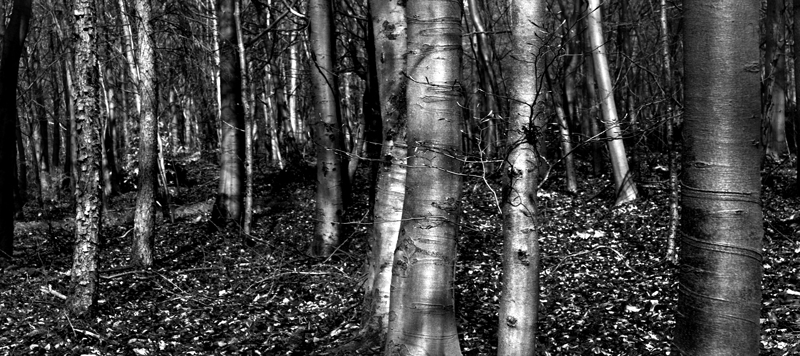
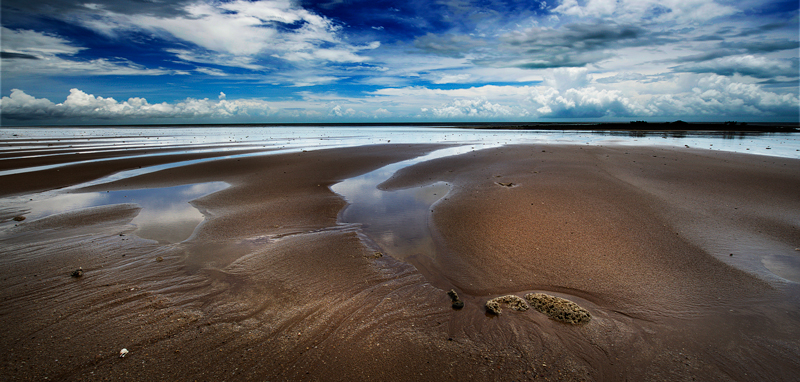
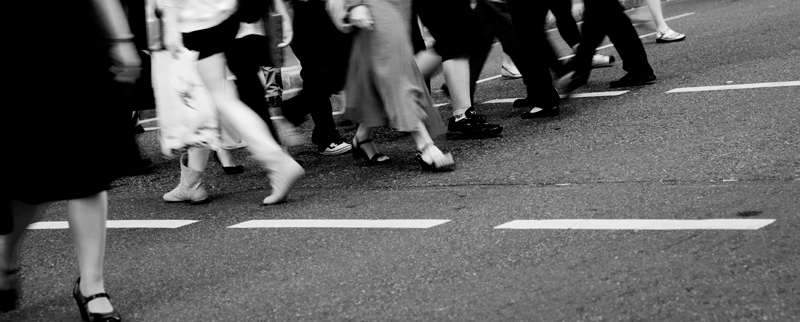
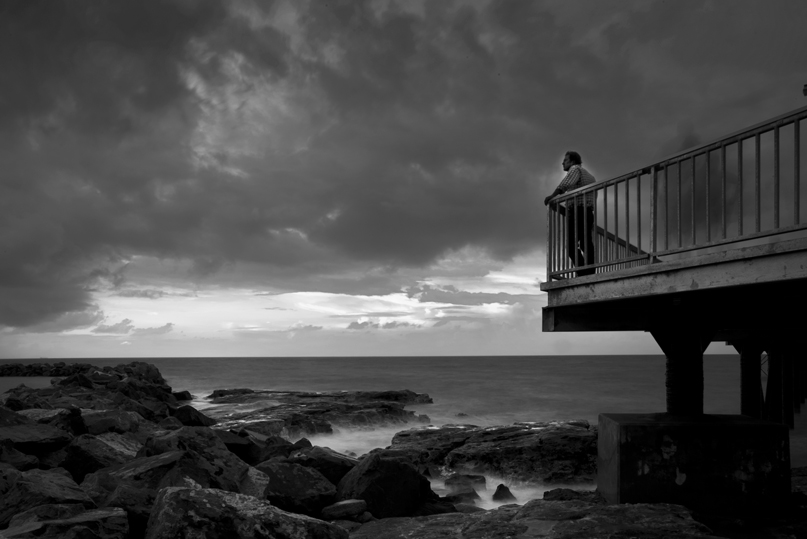
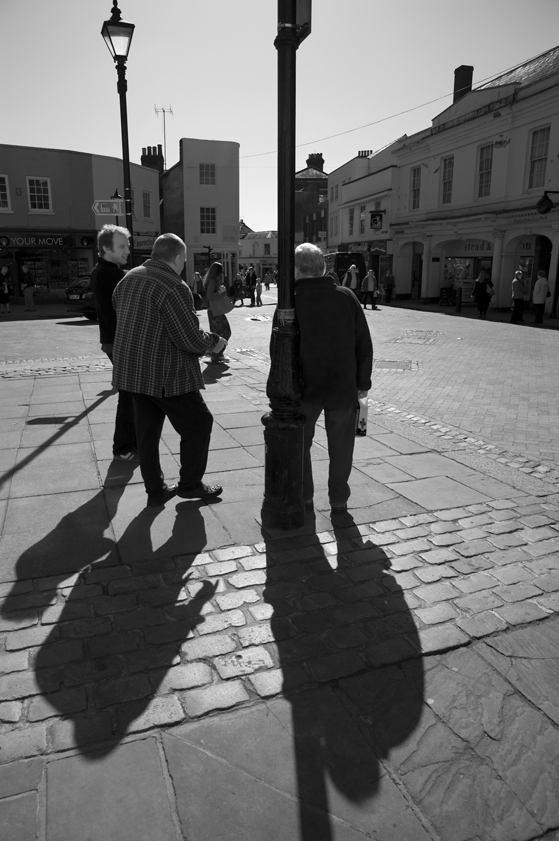
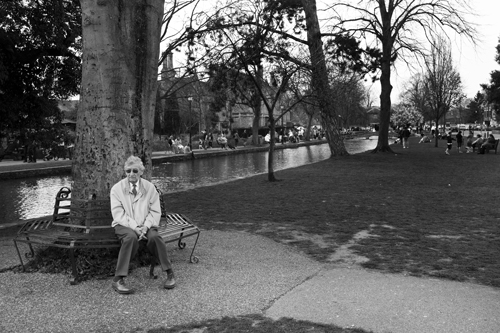
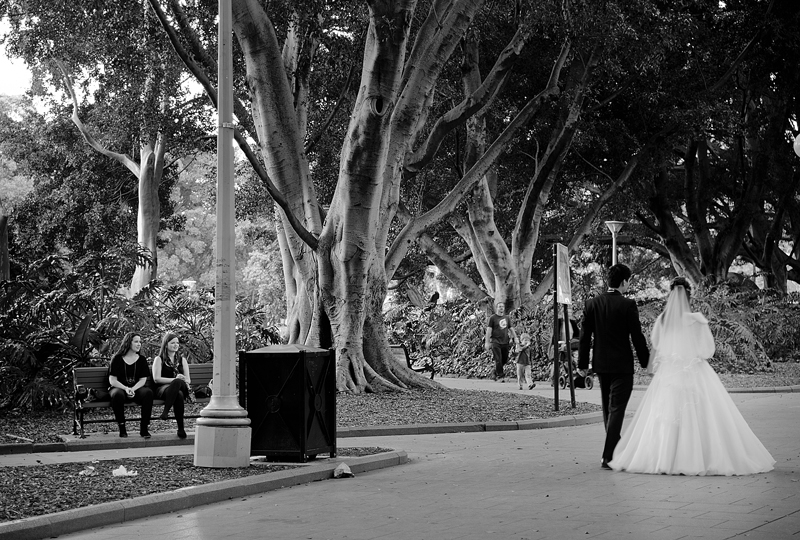
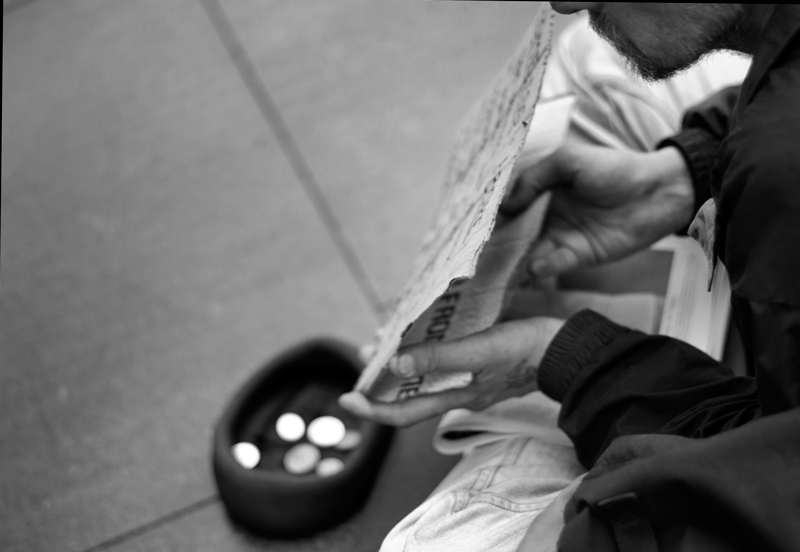
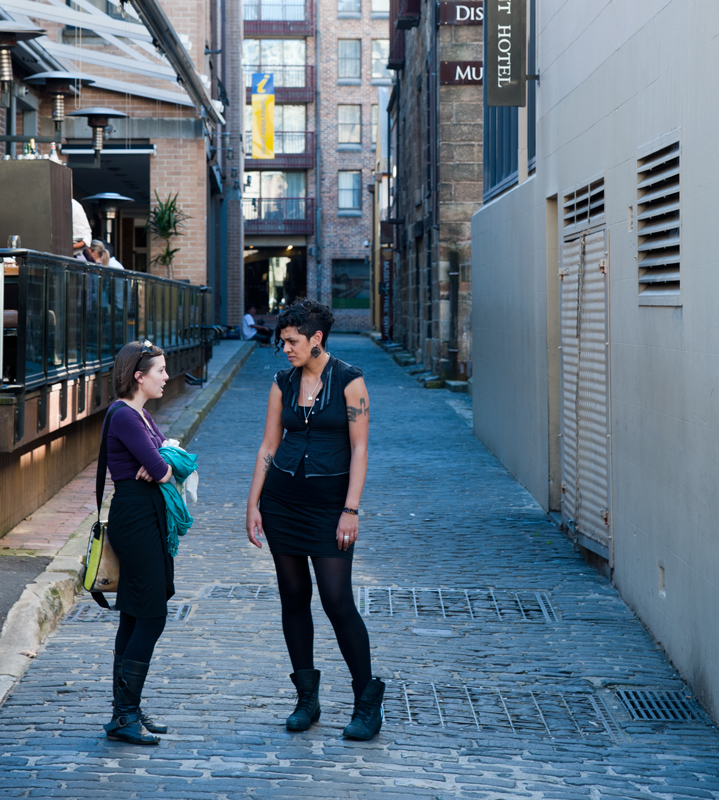

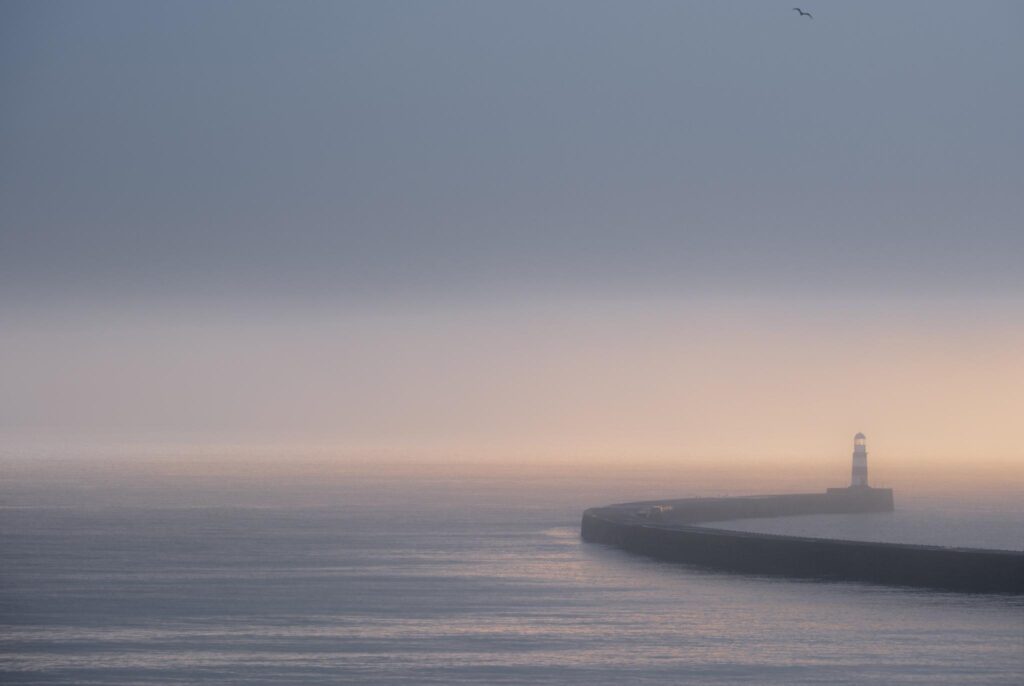



17 Comments
This article is absolutely perfect! I’m no professional Artist but an artist none the less. I believe this concept can be held true though all mediums.
Not perfect, Heather and certainly not absolute but thank you for the sentiment.
eh, although sometimes making a photo black and white doesn’t make it good.
How true, tk. And you’re about to tell us what does ……. For the first 30 years I didn’t have any other choice than B&W and its a pleasurable habit I’m not will to give up easily. It meant that I and many others had to work with what we had and couldn’t rely on the camouflage of colour to hide our mistakes and lack of skill. Its a bit like walking around naked. If everyone does it you don’t feel odd and no-one notices the flagging gut and the spindly legs. Then when everyone dresses up like Britney Spears on heat to cover up the blemishes, all of a sudden you feel like a leper who’s arms have just dropped off. But I am learning to dress proper. Why even today I left a bit of colour on a photo just to brighten things up a bit. A touch of red matched the curtains in the living room nicely.
I disagree with your assessment of color hiding mistakes and lack of skill. Good photography is good photography. If anything, I find the opposite to be true. B&W has become a crutch for photographers. It is often used as a way to add drama to a boring or awkward shot. For me it is becoming just as cliche` as selective coloring. The added contrast hides poor lighting and digital noise is more acceptable in B&W but now it is grain, not noise. I have shots where the lighting wasn’t that good and the photo looks great when converted to B&W but is unacceptable in color.
Your ability to ‘back up’ while getting closer to the shot amazes me. One day…
I love it! I would love any tips or techniques. Please email me!!!
I packed away the DSLR, Flash, Tripod, the whole kit in fact, bought myself a decent spec compact, turned the flash and colour settings off, and shoot everything in Black & White using whatever Natural Light Source is available to me in the location that I find myself in. Colour detracts and distracts from the subjects I shoot. Black & White keeps the eyes focused on what is important in a picture. The “Simple” things & the “Simple” approach works for me !
awesome article – thanks for sharing! had my first experience shooting in black and white for half a day or more recently. Thoroughly enjoyed the difference in pre-thought and the new views it showed me, a new art form for me. I found your article timely and inspiring.
Superb….simple yet enlightening, thanks
Thanks all for your encouraging comments. I was somewhat curious though, at the assumption by many that is article was about black and white photography when in fact it was more to do with the way in which we frame the world when we take a photograph. I guess what it does demonstrate is the difficulty we all have, me included, in communicating about an art form such as photography with such an inadequate language. Maybe I need to think more clearly on what it is I want to say. Thank you one and all for your feedback.
It doesn’t look like a b+w article to me but don’t you think that shooting in b+w can significantly simplify, not only the image but the way we see?
I don’t know whether ‘simple’ would be the word I would use. Some days its a bit like removing the fog. Get rid of the colour so I can concentrate on the important things. Maybe its just my colourless brain. Thanks for asking the hard questions, Mo @mopho
Now I won’t sleep at all!
The photos and comments are greatly appreciated
Thank you for elucidating what I often feel when I see a picture that moves me but lack the vocabulary to express it.
THE KISS CONCEPT WORKS FOR ME.
A concept I already use many years; “less is more”. Not only by shooting B&W as this concept also works very well in color.